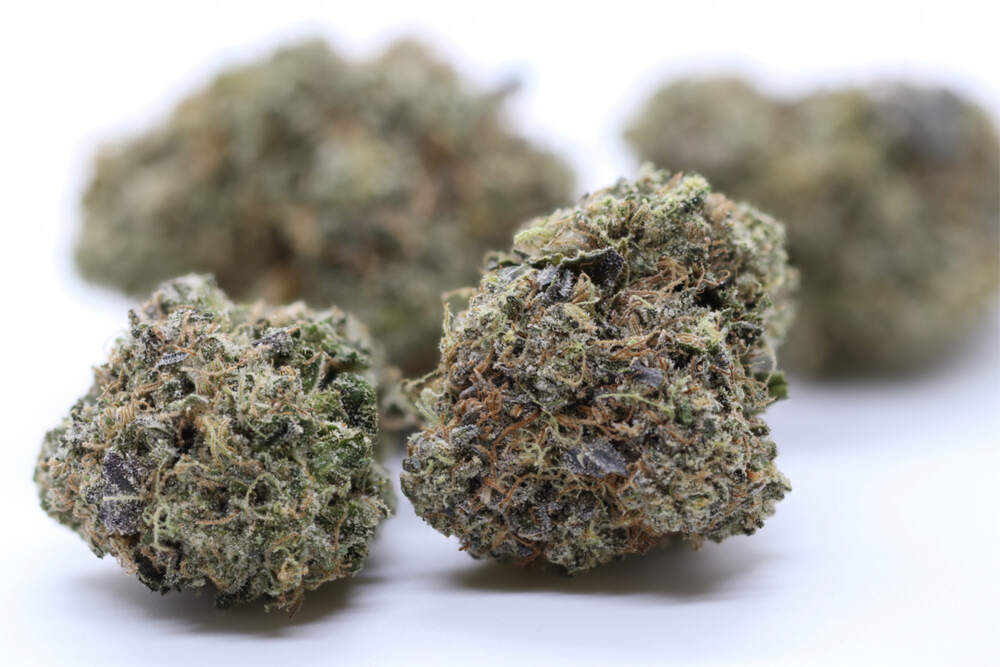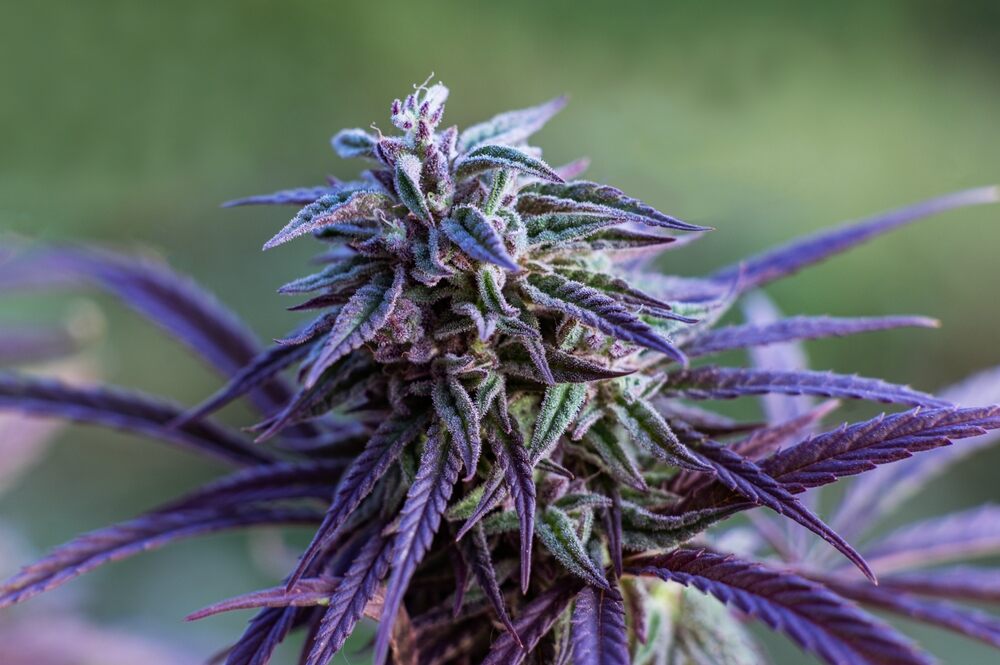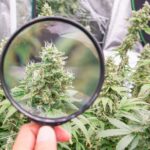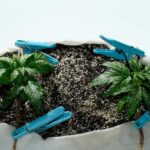The Best Fluffy Pancakes recipe you will fall in love with. Full of tips and tricks to help you make the best pancakes.

The best blue strains of weed
If you’ve ever cracked open a jar of frosty blue-tinged buds and wondered what makes these strains so special, you’re not alone. Blue cannabis strains have carved out their own lane in the weed world — visually striking, seductively aromatic, and often powerfully relaxing. Whether you’re chasing those cool, vibrant hues, a berry-rich terpene profile, or balanced hybrid effects, blue strains are more than just good-looking. As a breeder and long-time grower, I can tell you firsthand: some of the best plants I’ve ever worked with have “blue” in their name.
In this guide, I’ll walk you through the genetics, the flavor and effects, and of course — the best blue strains to try (or grow). If you’re new to the scene or just want to upgrade your stash, you’re in the right place.
Origins and genetics of blue cannabis strains
The role of the legendary Blueberry and DJ Short lineage
At the heart of nearly every blue strain you’ll find the legendary Blueberry. This classic indica-dominant strain was created in the 1970s by DJ Short — a breeder whose work shaped modern cannabis breeding. Blueberry is the genetic cornerstone of most blue weed, known for its dense indica structure, soothing effects, and unmistakable fruity profile.
Blueberry’s lineage combines Afghani (landrace indica), Thai (sativa), and Purple Thai genetics. That rich, mixed heritage is the secret sauce. The Afghani brings dense bud structure and narcotic calm, while the Thai influences layer in sweetness and a cerebral lift. Crosses with Blueberry often inherit its unmistakable aroma and sometimes its eye-catching purple-blue hues.
Anthocyanins: how genetics and environment create blue/purple buds
The blue coloring in cannabis is largely thanks to anthocyanins — water-soluble pigments found in plants. These pigments shift color based on pH, temperature, and light exposure. In cannabis, high levels of anthocyanins in the buds, leaves, or stems can produce hues ranging from violet to royal blue to almost black.
Here’s what influences that blue coloration:
- Genetics: You can’t force a green strain to turn blue. You need cultivars with anthocyanin-rich lineages like Blueberry, Purple Kush, or Granddaddy Purple.
- Temperature: Cooler nighttime temps (around 10°C lower than day temps) can help trigger pigment expression in flowering plants.
- pH balance: Anthocyanins respond to pH in subtle ways, but cannabis tends to express color best in slightly acidic environments.
As a grower, I cool my rooms in late flower and let the magic unfold — but only when the genetics have the potential.

Top blue strains worth trying
Blueberry – classic indica-dominant, berry aroma and relaxing high
Blueberry is the OG — and it deserves respect. With dense, sticky buds that smell like a basket of fresh-picked berries, this strain hits with a sweet inhale and a relaxing exhale. It’s a true indica dominant with effects that lean toward sedation and body melt.
You can expect:
- A THC range of 17–24%
- Aromas of fresh berries, vanilla, and mild earth
- A chill, couch-friendly high perfect for night use
When I grow Blueberry, I notice short, bushy plants with broad leaves and an 8–9 week flower time. Yield is moderate, but the quality is unmatched.
Blue Dream – sativa-dominant hybrid, balanced effects and uplifting buzz
Blue Dream is one of the most famous hybrids on the planet — and for good reason. It’s a cross of Blueberry and Haze, combining euphoric, energizing head effects with just enough body relaxation to keep things smooth.
What you’ll get from Blue Dream:
- THC around 18–22%
- Fruity sweetness layered over an earthy Haze base
- Creative, focused mental effects without paranoia
This strain is great for beginners. It’s easy to grow, high-yielding, and adaptable both indoors and out. I’ve had great success with Blue Dream under LEDs with SCROG training.
Blue Cheese – UK Cheese × Blueberry, creamy aroma and body relaxation
Blue Cheese is where the fruity meets the funky. A pungent mix of UK Cheese and Blueberry, it blends skunky dairy notes with the sweetness of berries in a surprisingly smooth combo.
You’ll find:
- THC from 15–20%
- A creamy, tangy smell with herbal undertones
- A mellow body high that’s great for stress or appetite
This one can be a bit of a stinker, so mind your ventilation. It flowers in 8–10 weeks and has strong lateral branching, which makes it ideal for topping or bush-style training.
Blue Cookies & Blue Haze – flavor, effects, and user profiles
Blue Cookies (Blueberry × Girl Scout Cookies) is a potent, dessert-flavored strain with a heavy indica vibe. Expect THC levels near 25% and strong euphoric effects. It’s best for seasoned users who want a hard-hitting nightcap.
Blue Haze (Blueberry × Haze) swings the other way — a sativa-leaning hybrid that brightens your mood while giving your body a gentle lift. With THC around 18–22%, it’s ideal for social settings or creative flow.
Other notable picks (Blueberry Muffin, Blue Sunset, Blue Skunk etc.)
- Blueberry Muffin: Dense nugs with a bakery-sweet aroma, often used for pain relief or mood boosts.
- Blue Sunset Sherbet: A hybrid loaded with sweet citrus and berry notes; it delivers a dreamy, floaty effect.
- Blue Skunk: Heavily aromatic with musky and berry undertones, excellent for sedation and muscle relaxation.
Effects, flavors, and THC profiles
Typical terpene profiles: myrcene, caryophyllene, pinene
Blue strains tend to lean heavily into fruity, earthy, and herbal terpene profiles. Here’s a breakdown:
- Myrcene: Found in mangoes, it adds a musky, earthy aroma and enhances sedative effects.
- Caryophyllene: A spicy, peppery terpene that interacts with CB2 receptors, known for anti-inflammatory properties.
- Pinene: Brings a refreshing pine aroma and helps balance heavy indica effects with mental clarity.
These terps work in tandem to define how a strain smells, tastes, and feels in your body.

THC ranges, euphoria versus body sedation
Most blue strains sit in the mid-to-high THC range, typically 17–24%, with some outliers like Blue Cookies reaching 25%+. Here’s what that means:
- Lower THC blue strains (17–19%) like Blueberry are great for anxiety, sleep, and beginners.
- Mid-THC strains (20–22%) like Blue Dream give balanced cerebral and physical effects.
- High-THC blue strains (23%+) tend to induce heavy euphoria, couch lock, or introspection.
Flavor descriptors: sweet, fruity, berry, cheese, citrus undertones
You’ll often taste:
- Fresh blueberries
- Sweet cream or vanilla
- Earthy skunk
- Citrus zest
- Herbal spice or lavender
That combo creates a smooth, complex smoking experience that pairs well with a good evening and a snack stash.
Cultivation and appearance – growing blue phenotypes
Indoor vs outdoor growth conditions for blue hues
I’ve grown blue strains both in tents and greenhouses. While indoor gives you total control over temperature and light — crucial for color expression — some outdoor grows can produce intense blue buds if temps dip at night.
Indoors:
- Easier to manipulate night temperatures
- Better control over humidity and mold prevention
- Requires good air circulation to reduce terpene loss
Outdoors:
- Natural light can bring out terpenes and colors if weather cooperates
- Watch for early frosts — blue strains can be sensitive
Temperature techniques, pH control, curing tips to enhance blue coloring
To bring out blue tones:
- Lower night temps during the last 2 weeks of flower (drop to 16°C)
- Keep pH in range (6.0–6.5 soil / 5.5–6.2 hydro)
- Use full-spectrum lighting for better pigment development
When curing, avoid high temps or sunlight. Slow-dry at 60% RH and 18–20°C. This locks in the blue tones and preserves terps.
Flowering time, yield expectations, indica vs sativa influence
Most blue strains flower in 8–10 weeks. Indica-dominant varieties like Blueberry or Blue Cheese tend to finish faster and stay compact. Sativa-leaning strains like Blue Dream or Blue Haze take longer but stretch more and yield bigger.
Here’s what to expect:
- Blueberry: 400–500g/m² indoor yield
- Blue Dream: Up to 600g/m² with proper training
- Blue Cheese: 450–550g/m², dense buds, moderate height
Medical and recreational uses of blue strains
Blue strains for stress relief, anxiety, pain management
Many blue strains — especially those with myrcene and moderate THC — are favorites for medical users. They can:
- Calm racing thoughts
- Relieve chronic pain or tension
- Help you sleep better
I often recommend Blueberry or Blue Cheese to patients looking for full-body relaxation without extreme sedation.
Best blue strains for sleep or relaxation (e.g. Blueberry, Blue Cheese)
If you’re struggling with insomnia or just need to wind down, try:
- Blueberry for its lull-you-to-sleep power
- Blue Cheese for relaxation with a twist of euphoria
- Blue Cookies for those who can handle high THC
Energetic or creative uses (e.g. Blue Dream, Blue Haze)
On the flip side, if you want to stay functional and inspired:
- Blue Dream offers mental clarity, mood uplift, and a slight body buzz — perfect for daytime
- Blue Haze boosts focus, social energy, and creativity without couch lock
FAQs and user guidance
Can weed really be blue? (myth versus pigment explanation)
Yes — weed can really be blue, but it’s rare. The blue hue is a natural pigment response driven by genetics and environment. It’s not artificial or dye-related. But don’t expect every “Blue” strain name to look like neon blueberries — most lean purple or deep lavender.
Are blue strains harder to grow than others?
Not necessarily. Most are medium-difficulty and respond well to standard grow techniques. What’s tricky is getting the color to show — you’ll need the right genetics and climate tweaks.
Price and availability considerations for blue strains
Blue strains are widely available at seed banks and dispensaries. Some, like Blue Dream, are inexpensive and easy to find. Rarer crosses (like Blue Cookies or Blue Skunk) might cost more, especially for feminized or autoflower seeds.
Conclusion
Blue cannabis strains offer more than eye candy — they combine rich genetics, soothing effects, and complex terpene profiles that cater to both recreational and medical users. Whether you’re growing or just lighting up, there’s a blue strain to match your vibe. From the legendary Blueberry to the dynamic Blue Dream, these cultivars deliver potency, flavor, and that signature cool-toned appeal. So if you’re chasing bold color, berry goodness, or just something new to smoke — go blue.




